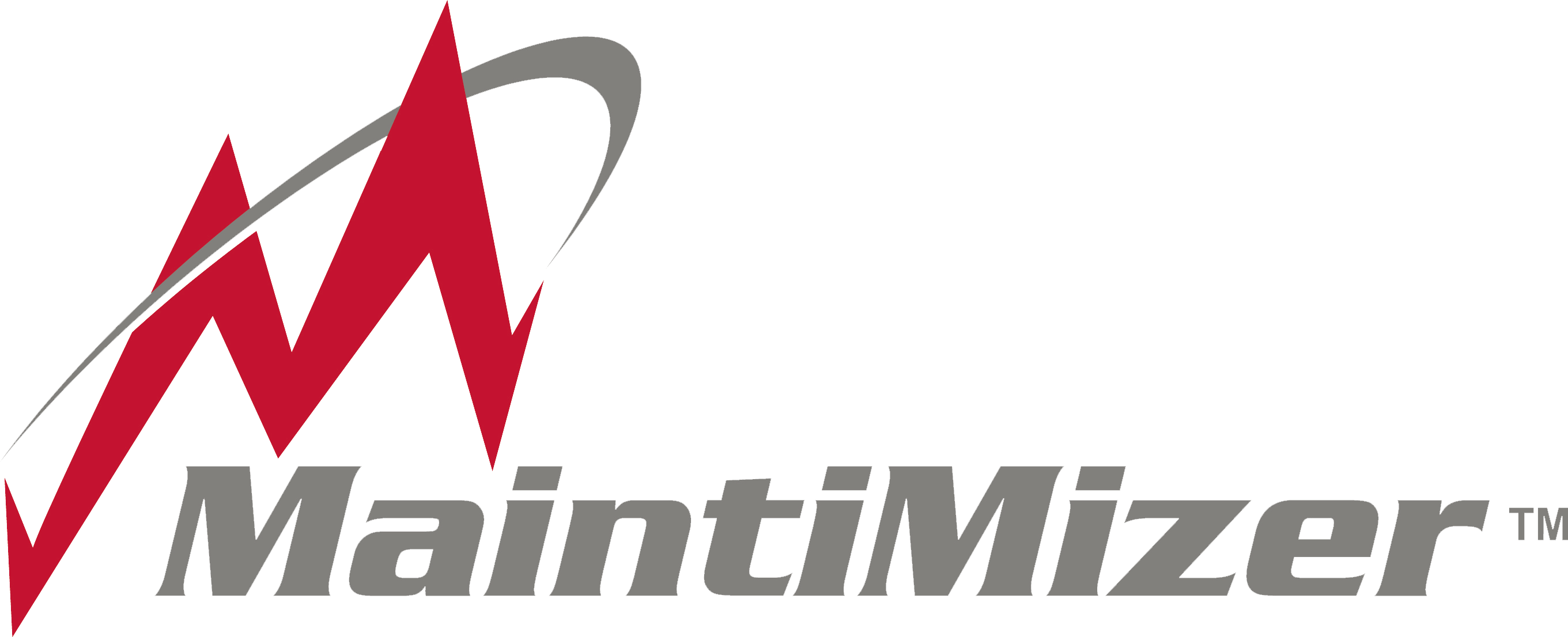Condition-based (CBM) maintenance strategy is based on the simple principle of “if it ain’t broke, don’t fix it.” In other words, a CBM strategy is based on the idea of performing maintenance only when the need arises, when one or more indicators show that equipment performance is deteriorating or that the equipment is about to fail.
CBM uses instrumentation to monitor equipment performance in real time. When used effectively, CBM allows your maintenance personnel to observe the condition of your equipment, note potential failure states, and perform maintenance activities to fix them only when necessary and at the most opportune time. Maintenance Philosophy and Strategy
The Value of CBM
CBM can bring value to your organization in a number of ways:
- When compared to a planned or preventive maintenance (PM) approach, CBM improves equipment reliability by discovering failures before they happen, decreases maintenance costs by making sure parts are not replaced before the end of their useful life, and leads to reductions in human error as fewer maintenance activities (only those that are truly necessary) are performed.
- When compared to a strictly reactive maintenance approach (“if it’s broke, then fix it”), CBM eliminates unplanned downtime resulting from equipment failure, ends the need for costly emergency parts and labor, and prevents major failures that lead to health, safety, and environmental risks.
- CBM optimizes the tradeoff between the costs of maintenance and the costs of equipment performance by eliminating unnecessary maintenance activities while increasing availability and reliability.
The Challenges of CBM
CBM is not without its challenges. In particular,
- The initial cost to add monitoring instrumentation to your equipment can be prohibitive. In the case of smaller assets, the cost of additional instrumentation may actually be more that the asset is worth. Also, the instruments themselves are now additional assets that need to be maintained.
- Because CBM is based on monitoring conditions in real time, it is by definition reactive and unpredictable. This introduces an element of randomness into your maintenance operations, personnel needs, and costs. For example, you may find that your equipment stores are adding inventory in order to respond to unpredictable needs for certain critical parts.
- The technical aspects of CBM can be challenging—it can be hard to turn measured data into actionable knowledge.
- Because CBM changes how maintenance is performed in your organization, it can be disruptive not only to your maintenance department but also to your entire operation.
The Bottom Line
In most organizations, CBM is best used for those pieces of equipment that are critical to operations or that have the potential to compromise health and safety if they fail.
At Ashcom Technologies, we believe that the best maintenance strategy for your organization is the one that delivers the greatest productivity at the lowest cost; maintains the health and safety of your employees, customers, and the environment; and results in long-term profitability.

